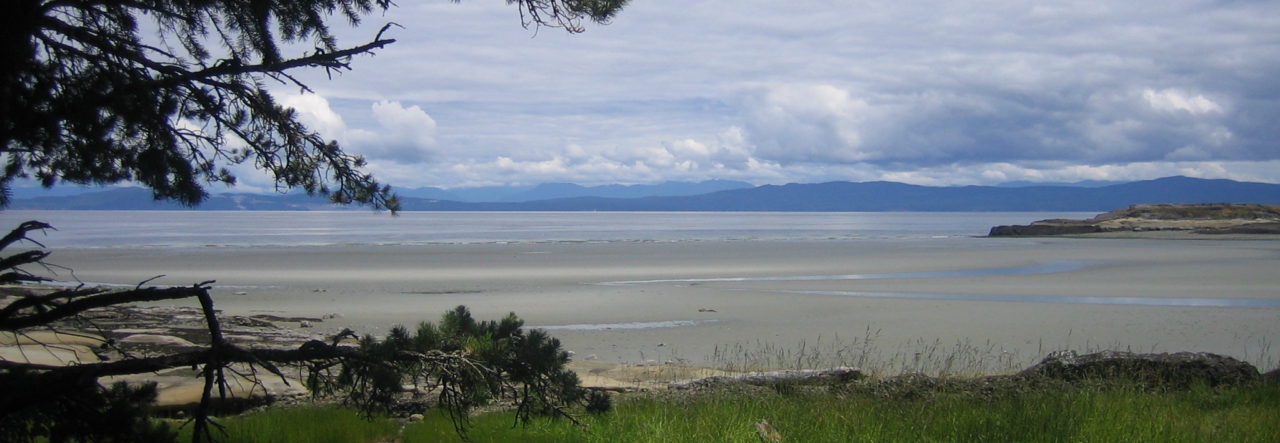
Today, 103 years ago, my grandfather went over the top four times at Vimy Ridge.
It had snowed in the early morning and into the beginning of the attack, blowing into the faces of the Germans, and making the mustered attackers uncomfortable. Despite being badly wounded in the Ypres Salient almost exactly a year before, my grandfather was pushing forward with the rest, by the afternoon looking at the lowlands stretching ahead from the ridge. Wounds that would later result in his release from the Canadian Army wouldn’t keep him from the action as the need for trained men was so high. Back into violence.

By the end of the day the Canadians held the whole ridge with the exception of a strongpoint called “The Pimple” which fell 4 days later. By 12 April 1917, 3,598 Canadians would lie dead, and another 7,004 would be wounded. German casualties are unknown, but over 4,000 were captured. The French had lost over 150,000 casualties trying to take Vimy Ridge earlier in the war, so the cost to the Canadians, though high, was evidence of excellent preparation. The Canadians, under experienced commanders, applied lessons learned over the previous years of the war. Practising the assault, using accurate terrain models to familiarize the troops with the terrain, and pushing the plan down with maps to the lowest possible level to keep the attack going if comms went down all helped the advance.
Vimy, for those who are not familiar with Canadian military history, is a very important battle. Not just for the victory, but as it was the first time that the Canadian Army fought together, rather than as disparate units. It is a symbol of nationhood and sacrifice, and of Canadian character.

My great-grandfather, Alfred Lewis, joined the King’s Liverpool (10th) regiment as a 30 year old private in 1915. He never returned home.
Do you read Tim from Saskatoon’s blog? Three years ago, he set out to recreate Vimy with a massive board and with every battalion represented (he even cast most of his figures for the project).
If you haven’t read it, it will take a while but he showed a true dedication (http://saskminigamer.blogspot.com/search/label/Vimy).
I did see that. Very impressive!